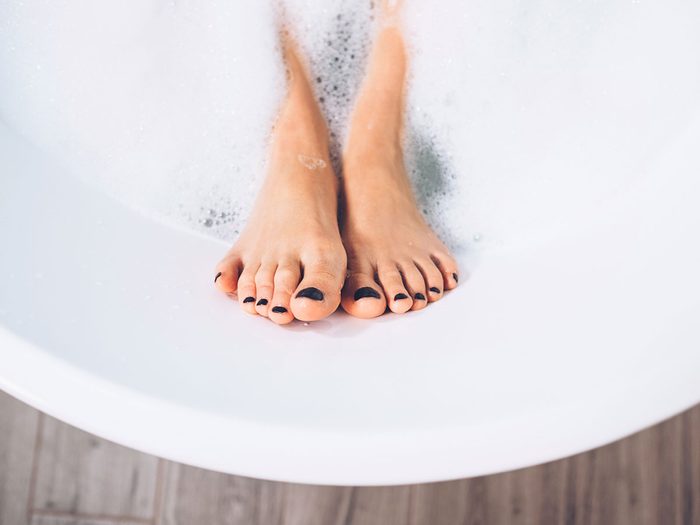
Foot bath
Chronically swollen feet can be a symptom of a number of medical conditions, from circulation to heart problems. But if you have ruled out other medical causes, there are a number of home remedies you can try.
Hydrotherapy is a fancy name for alternating dips between hot and cold water baths and one of doctors’ go-to natural home remedies for swollen feet, according to the book, Doctors’ Favorite Natural Remedies. The hot water allows the blood vessels to dilate, while the cold water causes them to contract. This helps improve circulation, which can reduce and prevent pooling of fluids in the feet and ankles. Try putting your feet in the hot water for three to five minutes, and then into the cold water bath for 30 to 60 seconds. Continue alternating between the two for 15 to 20 minutes. Do this a few times a day.
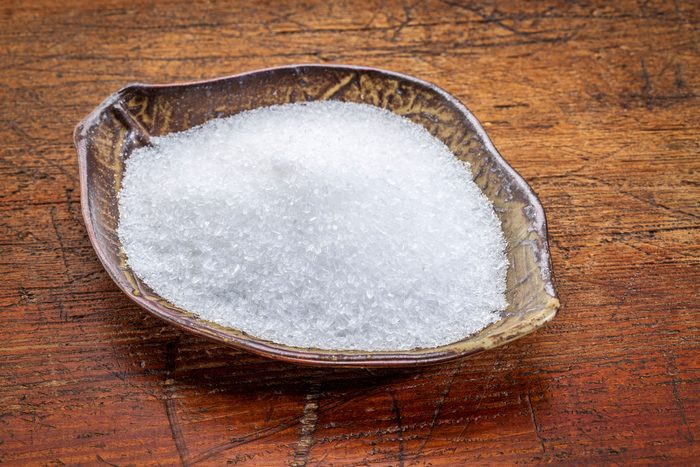
Epsom salt
Give your bath a boost by adding Epsom salt. The magnesium sulfate in Epsom salt is thought to reduce swelling and improve circulation and may give you relief from swelling and the pain associated with it. Although scientific research on this remedy is limited, it may be worth a try. Mix half a cup of Epsom salt in a foot tub with either warm or cool water for 10 to 20 minutes. Repeat up to three times a week.
(Related: 10 Surprising Benefits of an Epsom Salt Bath)

Exercise
It may seem counterintuitive to get up and move around when your feet and ankles feel twice their normal size. But using the muscles in your feet and legs can help move excess fluid out of your feet and back to your heart. Regular exercise can also help prevent swollen feet in the first place. If it’s simply too painful to exercise, try a non-weight-bearing exercise like swimming, which will have the added benefit of soothing your skin.
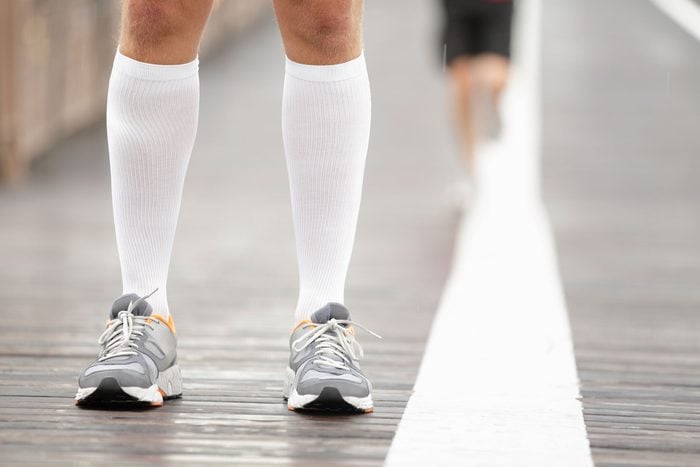
Compression socks
Compression socks work by applying pressure on your feet and legs to improve blood flow and most the blood up your legs, according to the U.S. National Library of Medicine. You can buy compression socks online or over-the-counter from your local drugstore. However, if your swelling, you may want to ask your doctor about getting a prescription compression stocking.

Elevation
Elevate your legs above heart level when you’re sitting or lying down to decrease swelling. Try lying on your back with your legs propped against a wall for a few minutes several times a day. You may also want to rest your legs on a pillow or bolster while you’re sleeping.
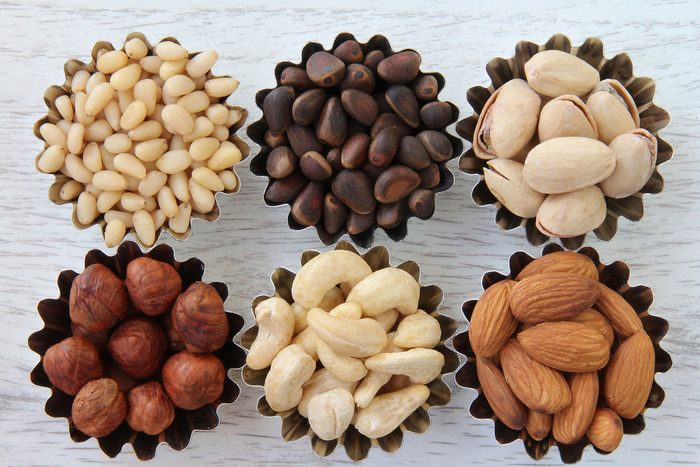
Magnesium
A magnesium deficiency can contribute to swelling in the feet, which causes water retention. If you get the okay from your doctor, try taking a 200 to 400 mg magnesium supplement daily, unless you have a kidney or heart condition. You can also up your magnesium intake naturally by adding magnesium-rich foods to your diet, like dark leafy greens, nuts, and even dark chocolate.
(Related: 6 Things You Need to Know Before Taking a Magnesium Supplement)
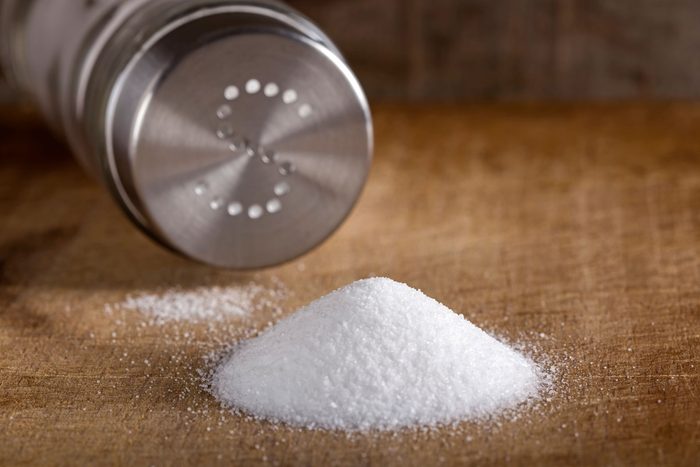
Limit salt intake
Reducing your salt intake can help decrease fluid retention. Common high-salt culprits include pretzels, chips, fast foods, canned produce, and other pre-packaged items. Your doctor can give you advice on how much salt you should aim for. The Heart and Stroke Foundation of Canada recommends getting more no more than 2,300 mg of sodium per day.

Massage
Massage can help relax muscles and improve circulation. It works by activating the lymphatic system, which can help move excess fluid out of your feet, reducing swelling. Do a little self-massage by stroking the feet toward your heart up to several times a day. Don’t massage so hard that it hurts, but do use firm pressure.
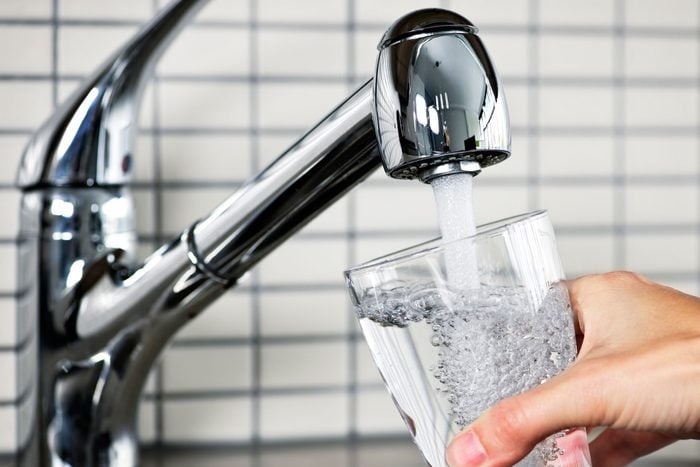
Water
While it may sound strange to drink more water if you’re retaining water, drinking eight or more glasses of water a day can actually prevent swelling. Talk to your doctor if your foot swelling doesn’t go down.
Medically reviewed by Oscar H. Cingolani, MD.
